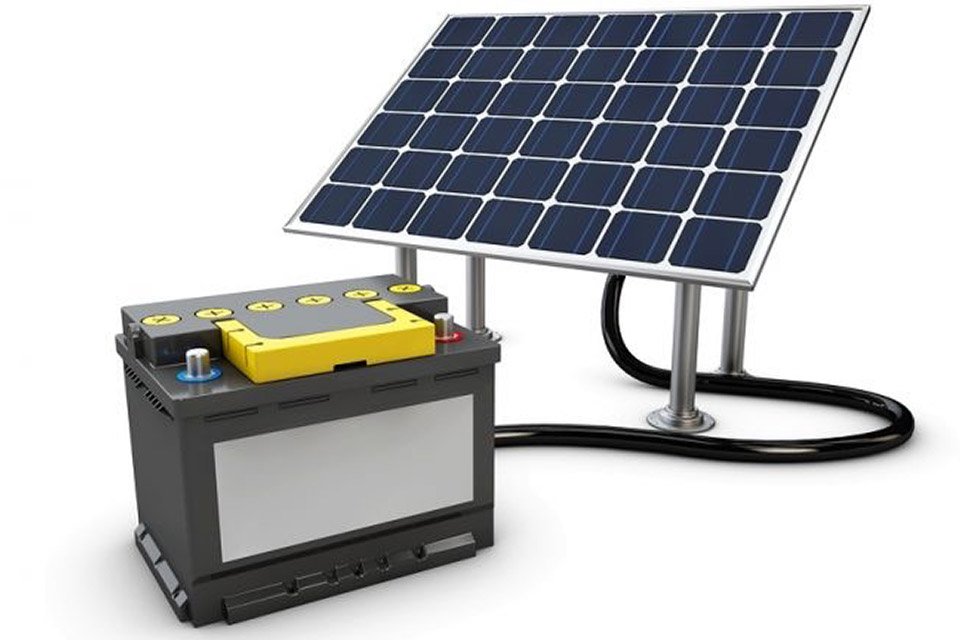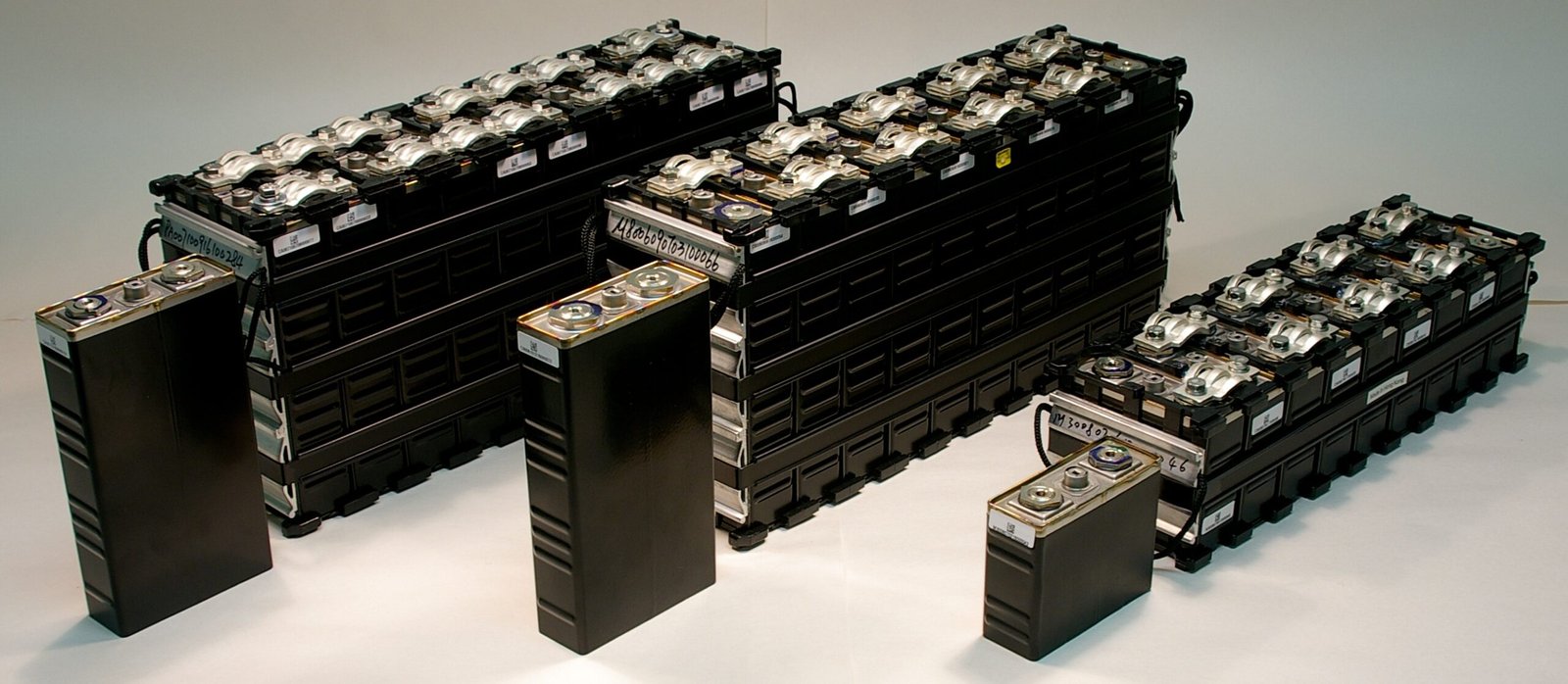Pakistan’s hot summers and frequent power cuts put energy storage to the test. Picking a battery that can handle high temperatures and irregular charging makes a big difference.
Main answer: For most homes in Pakistan, a tubular lead-acid battery offers the best mix of reliability, cost and ease of maintenance.
Factors to Consider
- Climate and temperature range: Pakistan’s harsh heat can shorten battery life, so pick batteries rated for high-temperature use.
- Daily load and capacity needs: Calculate your home’s average daily power use (in kWh) to size the battery bank correctly.
- Depth of discharge (DoD): Using more of the battery’s capacity each cycle cuts its lifespan; aim for batteries that allow around 50–60% DoD.
- Maintenance requirements: Some batteries need regular water top-ups and cleaning, while others are virtually maintenance-free.
- Up-front cost vs long-term value: Cheaper batteries save money initially but may need replacing sooner; choose ones with longer warranties and higher cycle life for better value over time.
Types of Solar Batteries
Solar battery options vary in design and performance. The most common are flat-plate lead-acid, tubular lead-acid, gel, and lithium-ion. Each type has advantages and drawbacks in cycle life, maintenance, and cost. Understanding these will help you choose the best for your solar setup in Pakistan. See the details below:
- Flat-plate lead-acid: Traditional lead-acid battery with flat plates submerged in liquid electrolyte. It costs less but offers around 400–600 cycles and needs regular water top-ups.
- Tubular lead-acid: Features tubular positive plates for longer life and deeper discharge tolerance. It typically lasts 1,200–1,500 cycles and handles Pakistan’s heat well, though it requires periodic maintenance.
- Gel batteries: Sealed lead-acid batteries that use a silica gel electrolyte. They are maintenance-free and spill-proof but have lower charge efficiency and a higher price than flat-plate types.
- Lithium-ion: Modern chemistry with high energy density and over 2,000 cycles of life. These batteries are compact and need no maintenance, though they come with a higher up-front cost.

| Type | Capacity (Ah) | Cycle life | Maintenance | Price (PKR) | Warranty |
| Flat-plate lead-acid | 100–200 | 2–3 years (400–600 cycles) | High (regular water top-ups) | 15,000–25,000 | 12–18 months |
| Tubular lead-acid | 100–250 | 2–3 years (1,200–1,500 cycles) | Medium (periodic checks) | 30,000–45,000 | 3–5 years |
| Gel | 100–200 | 4–5 years (800–1,000 cycles) | Low (sealed, spill-proof) | 40,000–60,000 | 2–4 years |
| Lithium-ion | 100–200 | 10+ years (2,000+ cycles) | None | 90,000–150,000 | 10 years |
This table shows at a glance how each battery type stacks up in capacity, lifespan, upkeep, cost and warranty.
Top Brands & Models in Pakistan
Exide Inva Tubular 150 Ah
- Cycle life: ≈1,200 cycles
- Depth of discharge: 60%
- Maintenance: periodic water top-ups
- Warranty: 4 years
- Price: ~PKR 34,000
- Dealer link: Exide Inva Tubular
Luminous Red Charge Pro 200 Ah
- Cycle life: ≈1,400 cycles
- Depth of discharge: 60%
- Maintenance: water top-ups every few months
- Warranty: 5 years
- Price: ~PKR 42,000
- Dealer link: Luminous Red Charge Pro
Ampzon Prime LiFePO4 100 Ah
- Cycle life: 2,000+ cycles
- Depth of discharge: 80%
- Maintenance: none (sealed)
- Warranty: 10 years
- Price: ~PKR 115,000
- Dealer link: Ampzon Prime LiFePO4
Budget Guide
- Entry-level (PKR 15,000 – 25,000)
- Suited for small homes with a daily load under 2 kWh
- Flat-plate lead-acid batteries offer 400–600 cycles
- Require water top-ups every few weeks
- Lifespan: ~2–3 years before replacement
- Mid-range (PKR 30,000 – 45,000)
- Ideal for medium homes using 2–4 kWh daily
- Tubular lead-acid batteries deliver 1,200–1,500 cycles
- Maintenance: periodic electrolyte checks
- Warranty: 3–5 years
- Premium (PKR 90,000 – 150,000)
- Best for large loads or off-grid setups above 4 kWh daily
- Lithium batteries exceed 2,000 cycles
- Completely maintenance-free, sealed design
- Warranty: up to 10 years
Installation & Care Tips
Proper installation and regular care keep your battery running smoothly. Follow local electrical codes and use quality parts. A little routine check can prevent big problems and extend battery life. Use simple tools and clear steps to stay safe.
- Safe mounting & wiring: Place the battery on a firm, level surface away from direct sunlight. Use correctly rated cables and tighten terminal connections to avoid sparks.
- Regular clean-and-check schedule: Wipe the battery top and terminals once a month. Look for dust, dirt or any signs of corrosion and clean with a damp cloth.
- Simple voltage checks: Use a basic digital voltmeter to measure the battery’s resting voltage each month. Ensure it stays above 12.2 V to confirm proper charge and health.
Pro Tips for Longer Life
- Avoid full discharge: Frequently draining your battery below 50% cuts its usable life. Charge when it hits around half capacity to keep cells healthy.
- Keep battery at stable temperature: High heat or cold stresses batteries. Install in a shaded, ventilated area to maintain a steady 20–25 °C.
- Use a proper charge controller: An MPPT controller matches panel output to battery needs, prevents overcharging, and boosts overall efficiency.
Troubleshooting Common Issues
Even well-maintained batteries can show faults. Use these quick checks to pinpoint and fix common problems:
- Slow charging: Loose or corroded panel wiring cuts current. Inspect cable connections and clean panel surfaces to restore full charging speed.
- Rapid capacity drop: Low electrolyte in lead-acid cells causes sharp voltage falls. Test fluid levels monthly and top up with distilled water as needed.
- Swelling or overheating: Overcharging stresses cells and traps heat. Verify your charge controller settings and improve ventilation around the battery.
- Frequent low-voltage cutoff: If your inverter keeps shutting down, the battery may be undersized or deeply discharged. Recalculate your load and consider adding extra capacity.
Conclusion
Choosing the right battery means balancing upfront cost, maintenance load, and long-term performance. We compared flat-plate, tubular, gel, and lithium options across capacity, cycle life, and upkeep. In Pakistan’s tough climate, heat resistance and deep-cycle durability matter most. Tubular lead-acid batteries excel here, delivering around 1,200–1,500 cycles at 60% DoD with simple water top-ups. Their 5- to 7-year lifespan makes them the smart choice for most homes.
If you still have questions on sizing or setup, we’re here to help. Need help choosing the right battery? Visit our solar system services page to learn more. You can also call us for a free consultation and personalized recommendation. Let our experts guide you to reliable power backup for your home.
Frequently Asked Questions
What is the typical lifespan of a solar battery in Pakistan?
Most solar batteries last between 2 and 10 years depending on type and care. Flat-plate lead-acid models typically run for 2–3 years under Pakistan’s heat and deep discharges. Tubular lead-acid batteries deliver around 5–7 years at 50–60% depth of discharge. Modern lithium-ion batteries can exceed 10 years with proper charging and stable temperatures.
How do I know when to replace my battery?
You should replace your battery if it can no longer hold at least 80% of its rated capacity. Check the resting voltage after a full charge; readings below 12.2 V repeatedly signal capacity loss. Look for physical signs like bulging or leaking cells in lead-acid types. Frequent inverter shutdowns or sharply reduced run time also indicate it’s time for a new battery.
Can I mix different battery types in one bank?
Mixing battery types or ages in the same bank leads to uneven charging and shorter lifespan. Each chemistry has its own voltage profile and discharge limits; mismatched cells stress each other. It may also void manufacturer warranties. For balanced cycles and reliable performance, use identical batteries purchased at the same time.
Does high humidity affect battery life?
High humidity speeds up corrosion on terminals and connectors, especially in lead-acid batteries. Sealed gel and lithium-ion types resist moisture better but still need dry, ventilated locations. Keep batteries off damp floors on raised racks or trays. Inspect regularly for rust or corrosion and clean terminals as needed.
Is warranty honoured by local dealers?
Manufacturers typically honour warranties if you buy from an authorized dealer and follow care guidelines. Always retain your purchase invoice, warranty card, and service records. Check terms for required maintenance, such as water top-ups or approved charge controllers. If issues arise, contact the dealer before your warranty period ends.


